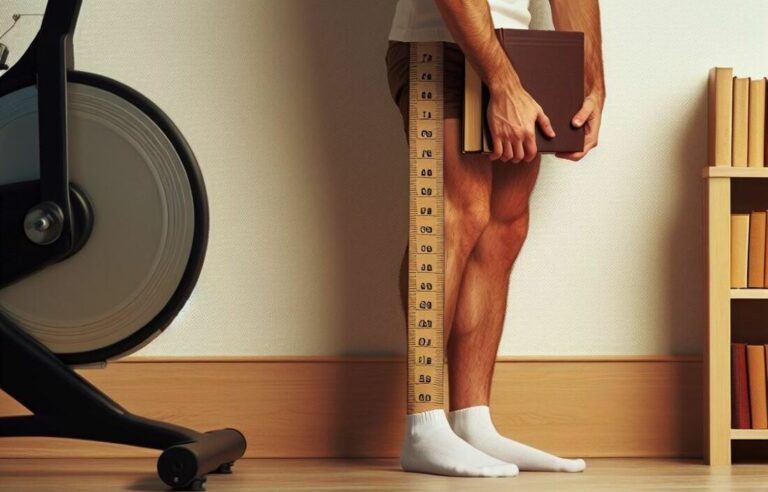You are in a mid-workout, pedaling away on your trusty exercise bike, lost in the rhythm of your favorite music.
Suddenly, a discordant symphony of squeaks and creaks pierces the silence.
Your smooth ride transforms into a bumpy, noisy affair, shattering your focus and motivation.
Frustration sets in – your once reliable companion has become a fitness foe.
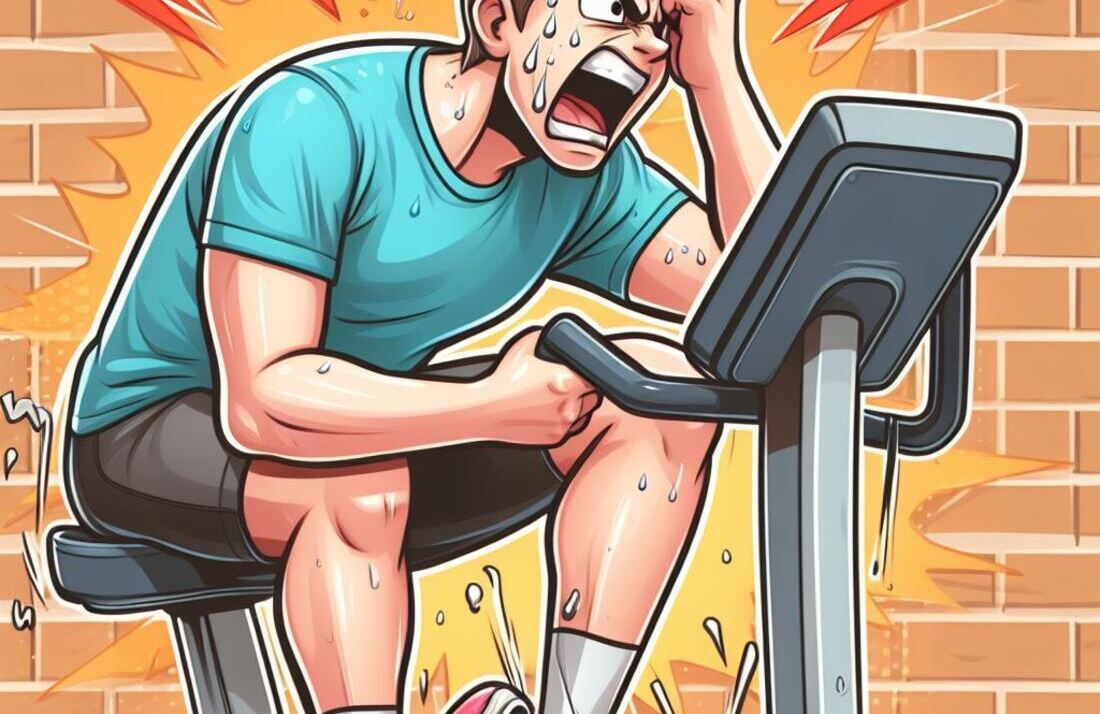
This scenario doesn’t have to be your reality.
With proper maintenance, your exercise bike can stay smooth, quiet, and ready to support your fitness journey for years to come.
This blog equips you with the knowledge and tools to keep your bike running like a well-oiled machine, ensuring a comfortable and enjoyable workout experience.
Key Takeaways (For Busy Readers)
- Regular cleaning and lubrication are crucial for maintaining a smooth and quiet ride.
- Inspect your bike for loose parts, worn components, and proper belt/chain tension.
- Refer to your bike’s user manual for specific maintenance recommendations.
- A well-maintained bike is a safe bike – prioritize routine maintenance to prevent potential injuries.
The Silent Enemy: Unveiling the Culprits Behind Exercise Bike Noise
Several factors can contribute to the dreaded exercise bike symphony of squeaks and creaks:
- Friction: Over time, dust, dirt, and sweat can accumulate on moving parts, causing friction and noise.
- Loose Parts: Bolts, screws, and other fasteners can become loose, creating a knocking or rattling sound during movement.
- Worn Components: Belts, chains, and other components can wear out with regular use, leading to squeaking and inefficiency.
- Improper Lubrication: Without proper lubrication, metal parts grind against each other, generating noise and increasing wear and tear.
The Cleaning Cavalry: Maintaining a Smooth and Quiet Ride
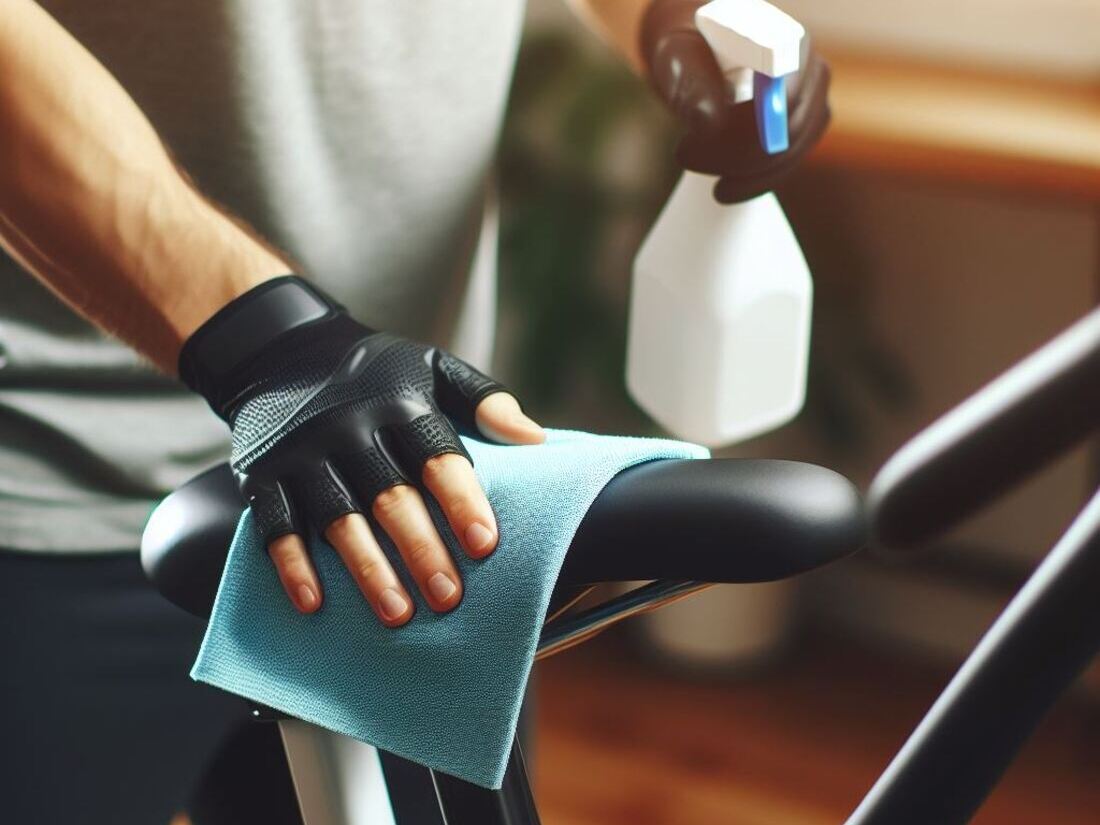
Regular cleaning is your first line of defense against exercise bike noise.
Here’s a simple cleaning routine:
- After Every Workout: Wipe down your bike with a damp cloth to remove sweat, dust, and dirt. Pay particular attention to areas around the seat post, handlebar post, pedals, and flywheel.
- Weekly Deep Clean: Use a mild soap solution and a non-abrasive sponge to clean your bike thoroughly. Avoid using harsh chemicals that can damage the paint or plastic components.
- Lubrication is Key: Consult your user manual for recommended lubrication points and types of lubricants. Typically, moving parts like the chain or belt, seat post, and handlebar post need regular lubrication.
The Inspection Team: Identifying and Addressing Potential Issues
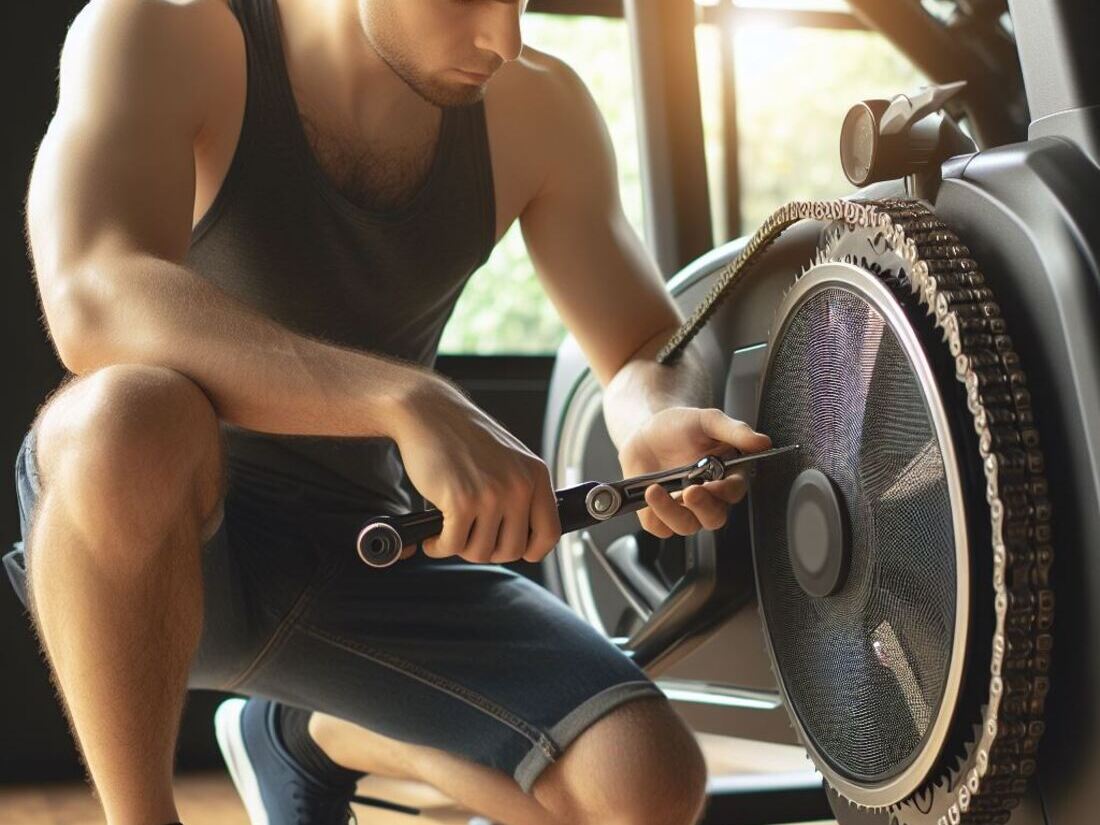
Beyond cleaning, regular inspection is crucial to catch minor issues before they become major problems.
Here’s what to look for:
- Loose Parts: Tighten any loose bolts, screws, or nuts using the appropriate tools. Refer to your user manual for specific torque recommendations.
- Belt/Chain Tension: Check your bike’s user manual for the recommended belt/chain tension. A loose belt or chain can slip and create noise, while an overly tight chain can put strain on the drivetrain.
- Worn Components: Inspect belts, chains, pedals, and other components for signs of wear and tear. Replace worn-out parts promptly to maintain optimal performance and safety.
The Wise Rider’s Manual: A Guide to User Manuals
Your exercise bike’s user manual is your maintenance bible.
It contains valuable information specific to your model, including:
- Recommended cleaning and lubrication schedules
- Specific instructions for tightening bolts, adjusting components, and replacing parts
- Troubleshooting tips for common problems
Investing in Safety: The Importance of Regular Maintenance
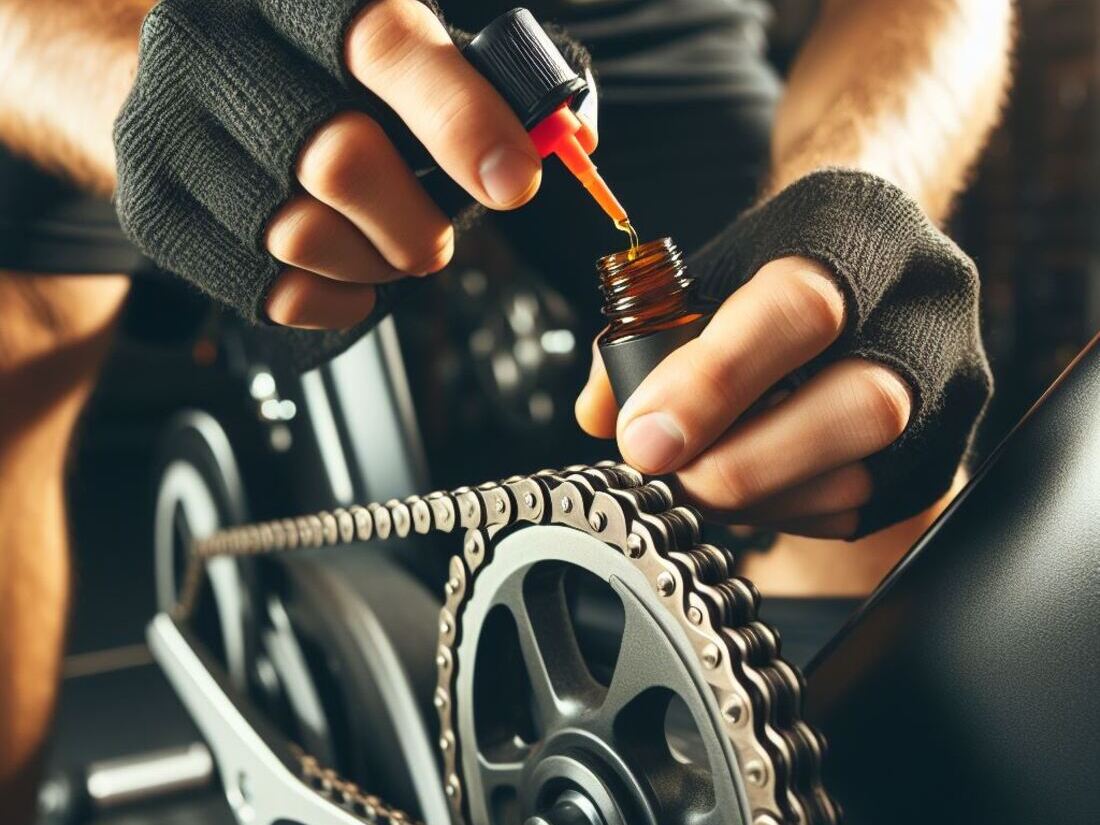
Exercise bike maintenance is not just about keeping things quiet and smooth; it’s about safety.
Loose parts, worn components, and improper lubrication can increase the risk of accidents and injuries.
Regular maintenance ensures your bike is in optimal condition, reducing the risk of mechanical failures during workouts.
The Benefits Beyond Silence: The Rewards of a Well-Maintained Bike
The benefits of maintaining your exercise bike extend far beyond a quiet ride:
- Extended Lifespan: With proper care, your bike will last for years to come, saving you money on repairs and replacements.
- Optimal Performance: A well-maintained bike runs smoothly and efficiently, maximizing your workout results.
- Enhanced Safety: Regular maintenance reduces the risk of accidents and injuries.
- Increased Enjoyment: A quiet and smooth ride is simply more enjoyable, motivating you to exercise more consistently.
Frequently Asked Questions (FAQs)
Q: How often should I clean and lubricate my exercise bike?
A: Wipe down your bike after every workout and perform a deeper clean with lubrication weekly.
Q: What type of lubricant should I use on my exercise bike?
A: Don’t reach for the WD-40! Most exercise bikes require a lightweight, silicone-based lubricant. Consult your user manual for the recommended lubricant type for your specific bike.
Q: I’m not comfortable tackling maintenance tasks myself. Are there professional services available?
A: Absolutely! Many fitness equipment repair companies offer maintenance and service packages. Consider scheduling a professional checkup for your bike once a year, especially if you use it frequently.
Q: My bike seems to be making a noise I can’t identify. What should I do?
A: If you’re unsure about the source of a noise, it’s best to err on the side of caution. Stop using the bike and consult your user manual for troubleshooting tips. If the issue persists, consider contacting the bike’s manufacturer or a professional repair service.
The Final Gear Up: Keeping Your Ride Smooth and Enjoyable
By incorporating a simple cleaning and inspection routine into your exercise regimen, you can transform your noisy companion into a silent and smooth partner in your fitness journey.
Remember, a well-maintained exercise bike is a safe, efficient, and enjoyable workout machine.
Invest a little time and effort into maintenance, and your bike will reward you with years of reliable service, helping you conquer your fitness goals in comfort and style!
Bonus Tip: Consider keeping a small maintenance kit near your exercise bike.
This kit can include items like a damp cloth, a non-abrasive sponge, a small bottle of silicone-based lubricant, and a set of screwdrivers and wrenches commonly used for exercise bike maintenance.
Having these tools readily available will make it easier to address minor maintenance tasks as they arise.


